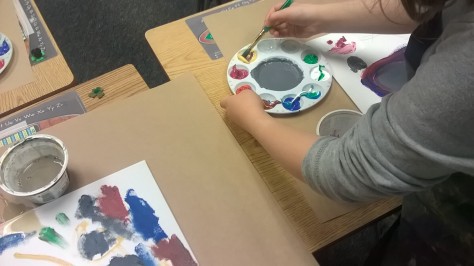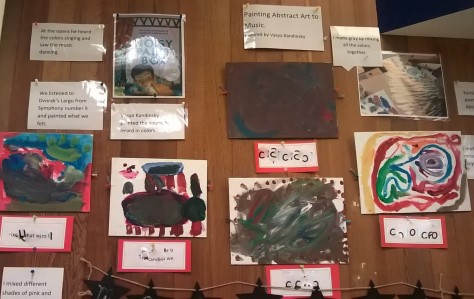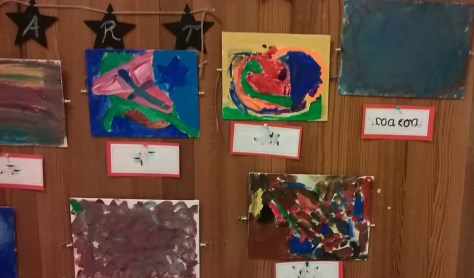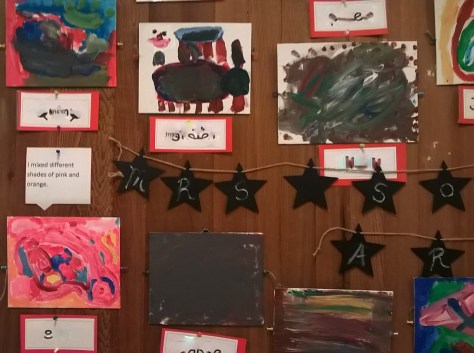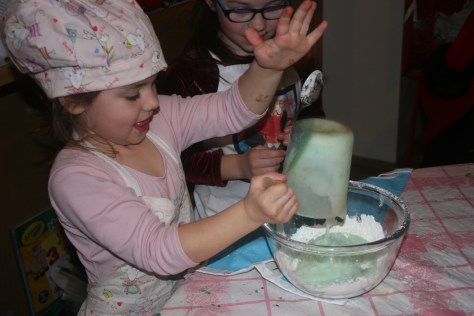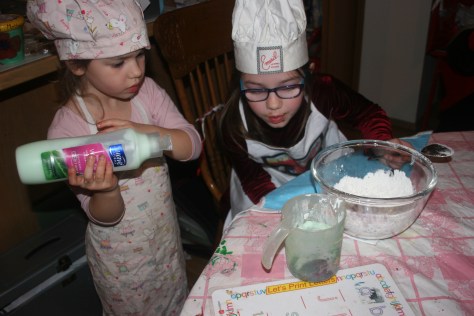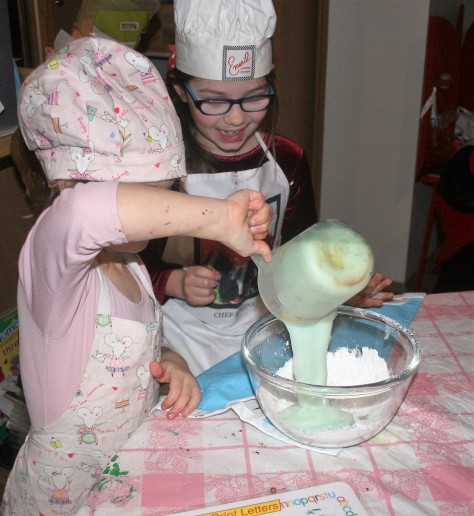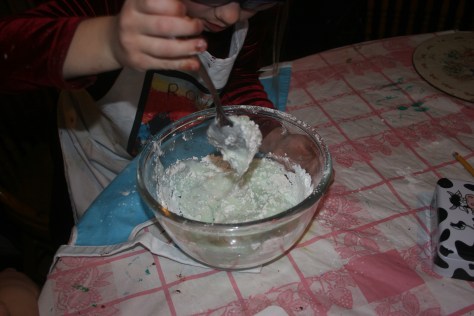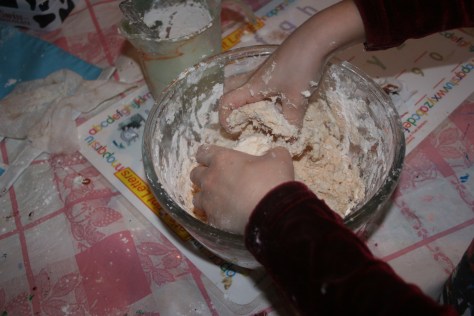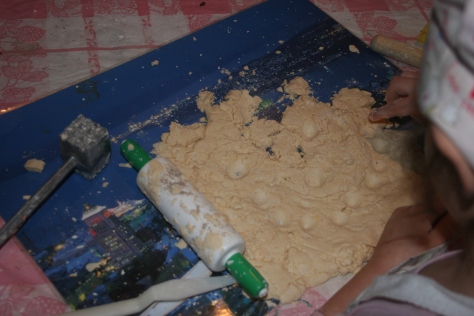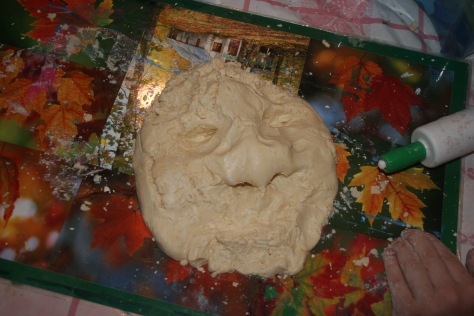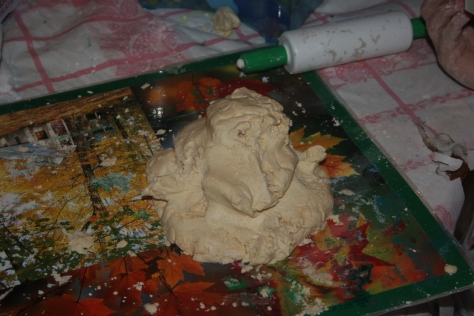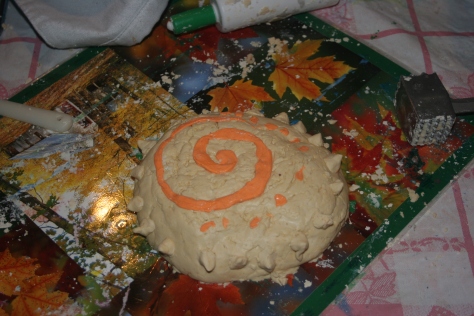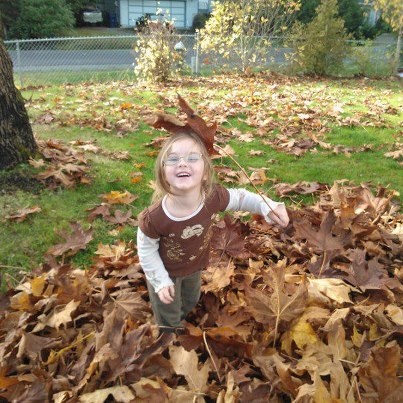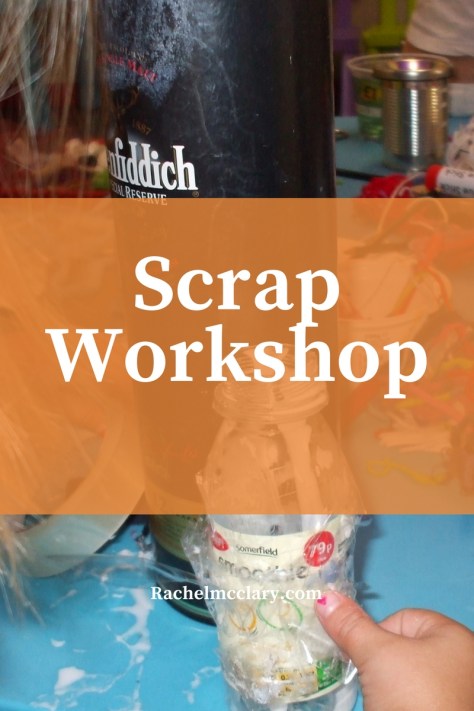
One of my favourite workshops to lead at a local play centre was scrap workshop.
I liked it because it was suitable for all ages, it was a natural extension to my heuristic play workshops with toddlers and it gave children the freedom to develop both creativity and skills.
We collected all kinds of scrap materials, large and small and displayed them in separate containers.
Examples of materials
- boxes
- tubes
- plastic containers
- fabric
- pipe cleaners
- beads
- shells
- pinecones
- bottle tops
- straws
- netting
Sometimes we would give the children a project
- make something that moves
- make something that makes a sound
- build a replica of the Mayflower
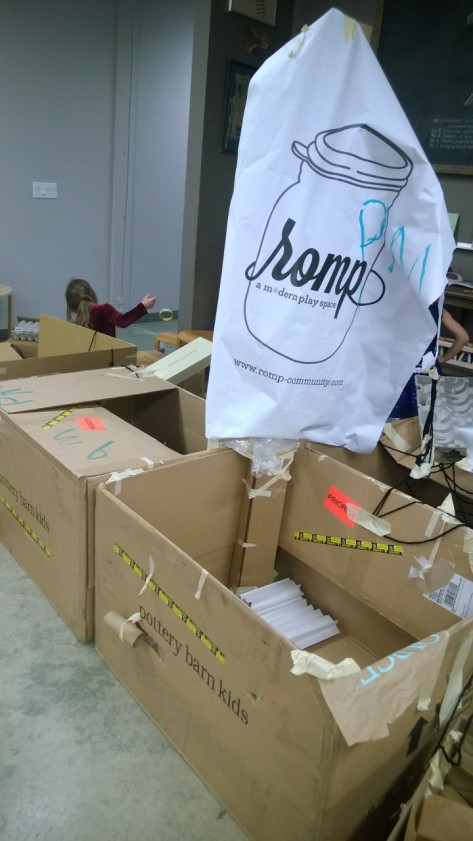
or a problem arising from a project or book
- invent something to help Rapunzel get out of her tower
- Can you build a house that can’t be blown down
- How could you be rescued from a desert island?
but best of all we would make sure there was plenty of tape, string, scissors and markers and let them create and explore.
Sometimes they worked on small projects
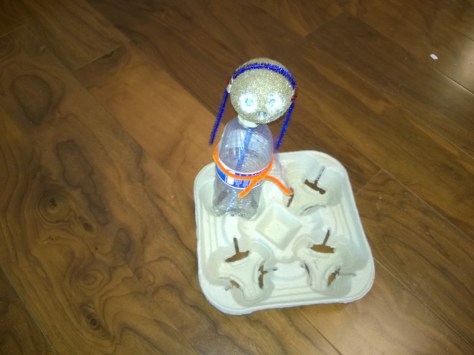
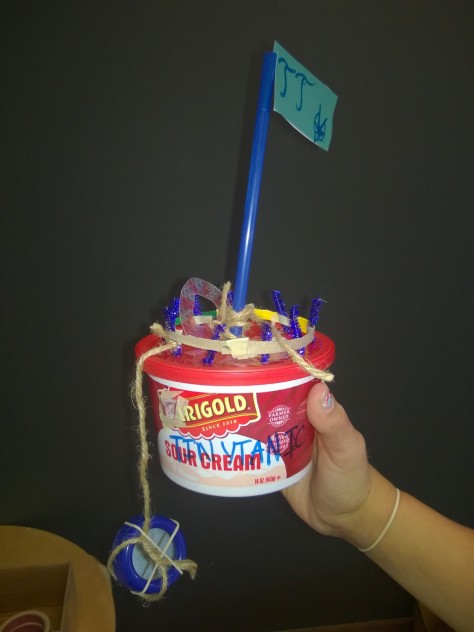
or larger group constructions
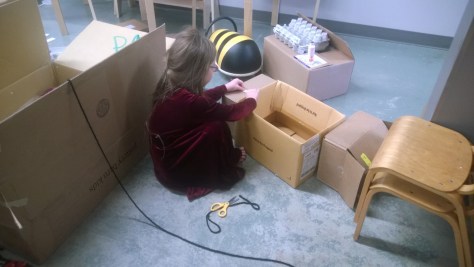
they practised threading
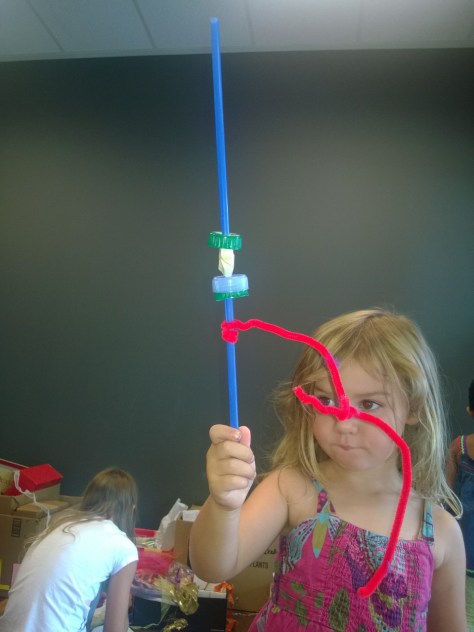
and joining
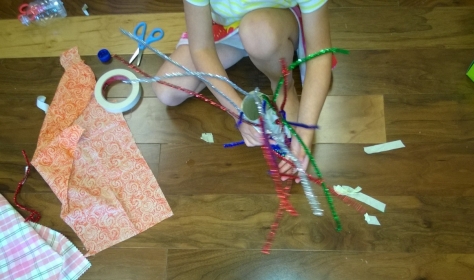
made things for dramatic play
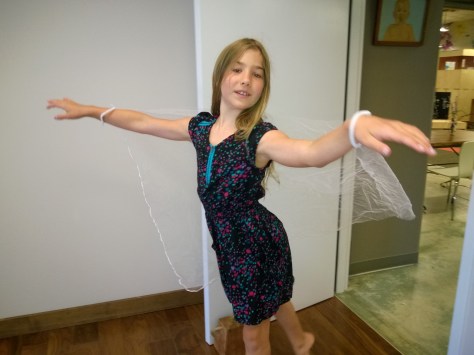
and problem solved
‘ When children engage with people, objects, ideas or events they test things out and solve problems. They need adults to challenge and extend their thinking. (EYFS 2008 – Active Learning).
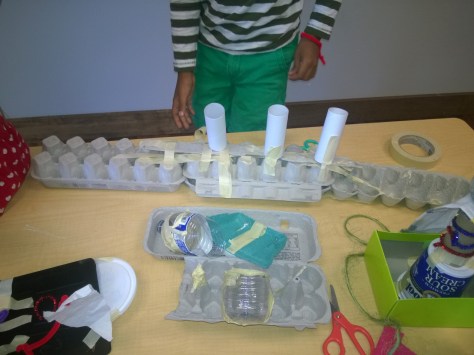
Provide flexible resources that can be used in many different ways to facilitate children’s play and exploration’ (EYFS 2008 – Supporting every child).
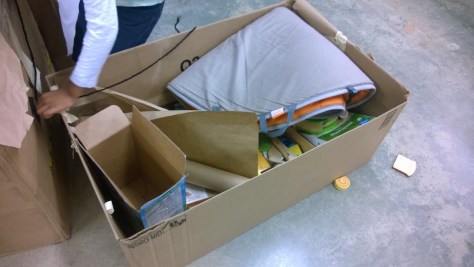
and tested strategies
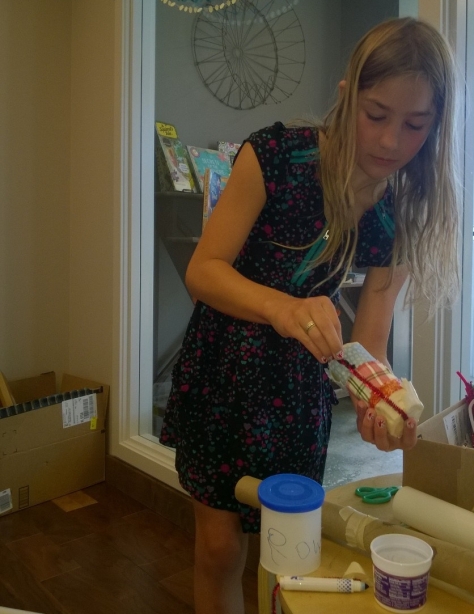
they discovered how two different materials could work together
‘ Every child’s learning journey takes a personal path based on their own individual interests, experiences and the curriculum on offer.’ (EYFS 2008 – Supporting every child.)
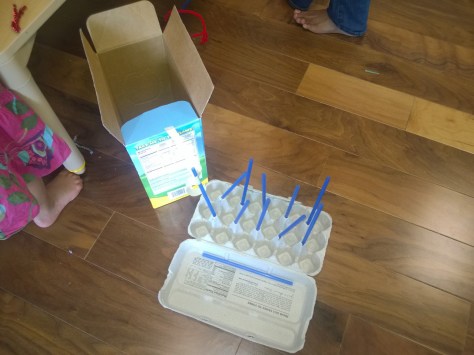
and nobody asked them “What is it?”
Active learners need to have some independence and control over their learning to keep their interest and to develop creativity.’ (EYFS 2008 – Active Learning).
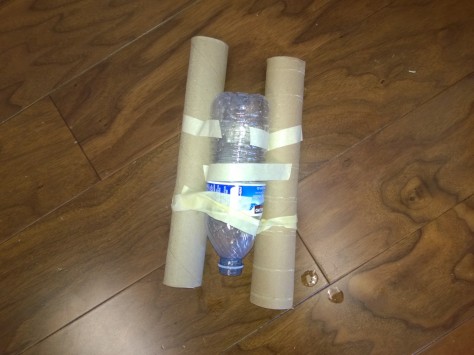
They worked at a table
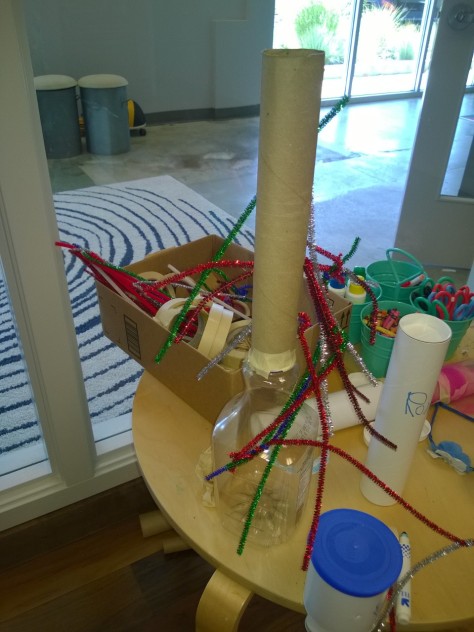
or on the floor

and made discoveries using all of their senses.
An open-ended project like this gives plenty of opportunities to observe and work alongside children, guiding them towards their next steps and sharing ideas together.
’ When children have opportunities to play with ideas in different situations and with a variety of resources, they discover connections and come to new and better understandings and ways of doing things. Adult support in this process enhances their ability to think critically and ask questions’ (EYFS 2008 – Creativity and critical thinking)

This child wasn’t interested in joining pieces or making anything. They explored filling and emptying.
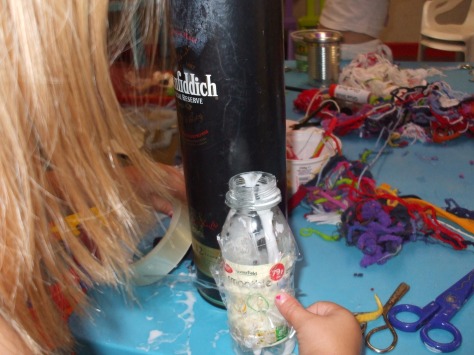
This child wrapped and wrapped their construction with tape. They went on to wrap their hands with string. We provided them with materials they could explore wrapping in more depth – paper sheets, tape, string, ribbons , blankets, paper strips with tubes, poles, boxes, and table legs wrapped in string.
‘ Children need and will respond positively to challenges if they have a good relationship with the practitioner and feel confident to try things out.’ ( EYFS 2008 – Supporting learning).
The children were able to work in mixed ages. The youngest children were 2 and the oldest 10. All the children enjoyed the workshops and learned from and supported one another.
‘ In their play children learn at their highest level’ (EYFS 2008 – Play and Exploration).
‘
‘
‘


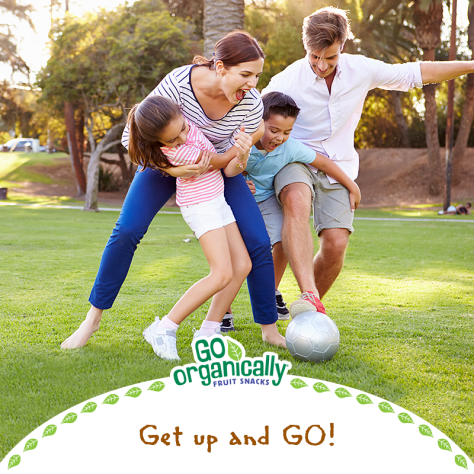
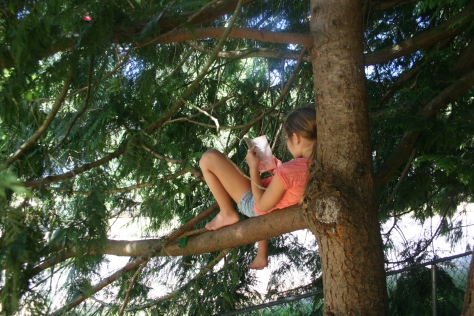
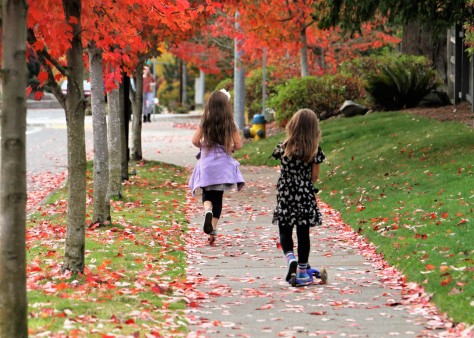
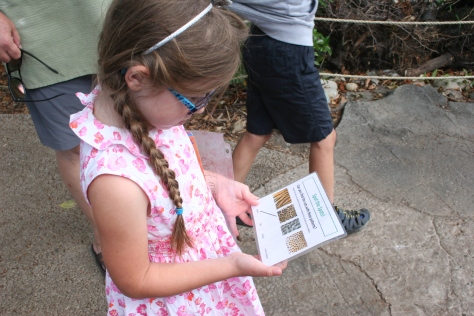
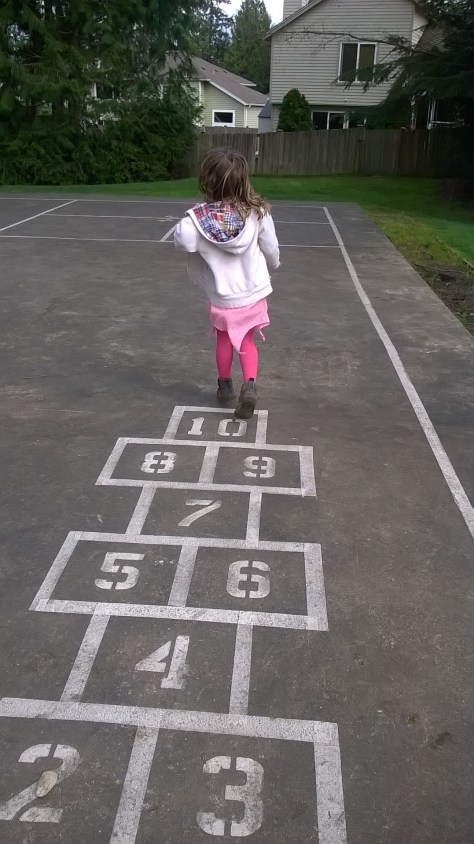
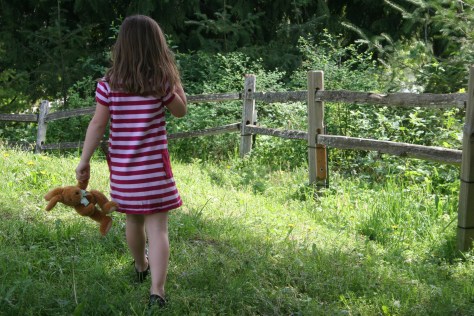
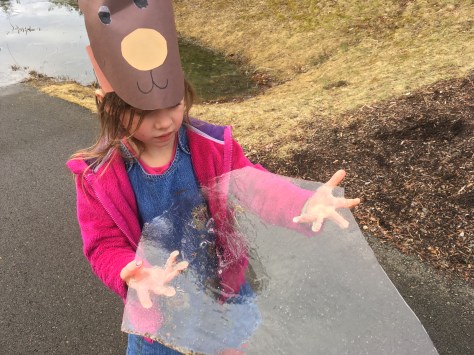

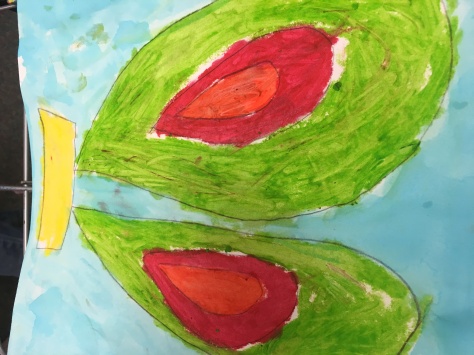 December’s Art project with Kindergarten and 2nd Grade was a still life Poinsettia using oil pastel. The Kindergarteners had only used chalk pastel up until now, so our first lesson introduced them to oil pastel techniques.
December’s Art project with Kindergarten and 2nd Grade was a still life Poinsettia using oil pastel. The Kindergarteners had only used chalk pastel up until now, so our first lesson introduced them to oil pastel techniques.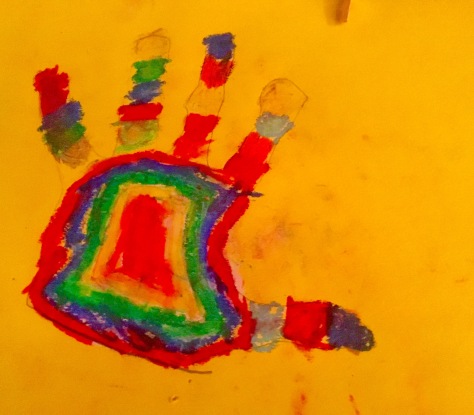
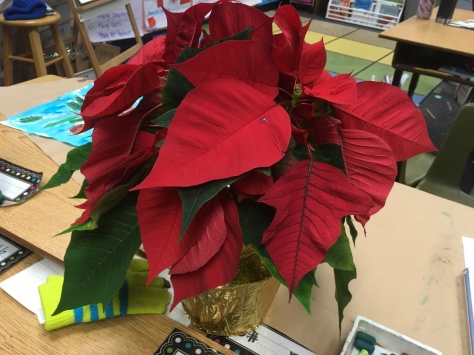





































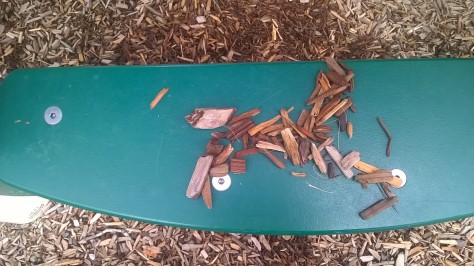 For those of you who aren’t familiar with the term loose parts, check out my post on
For those of you who aren’t familiar with the term loose parts, check out my post on 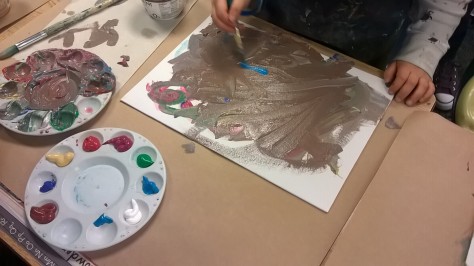 One way to ensure that you don’t end up with a wall of identical paintings is to introduce children to abstract art. We used the book
One way to ensure that you don’t end up with a wall of identical paintings is to introduce children to abstract art. We used the book 